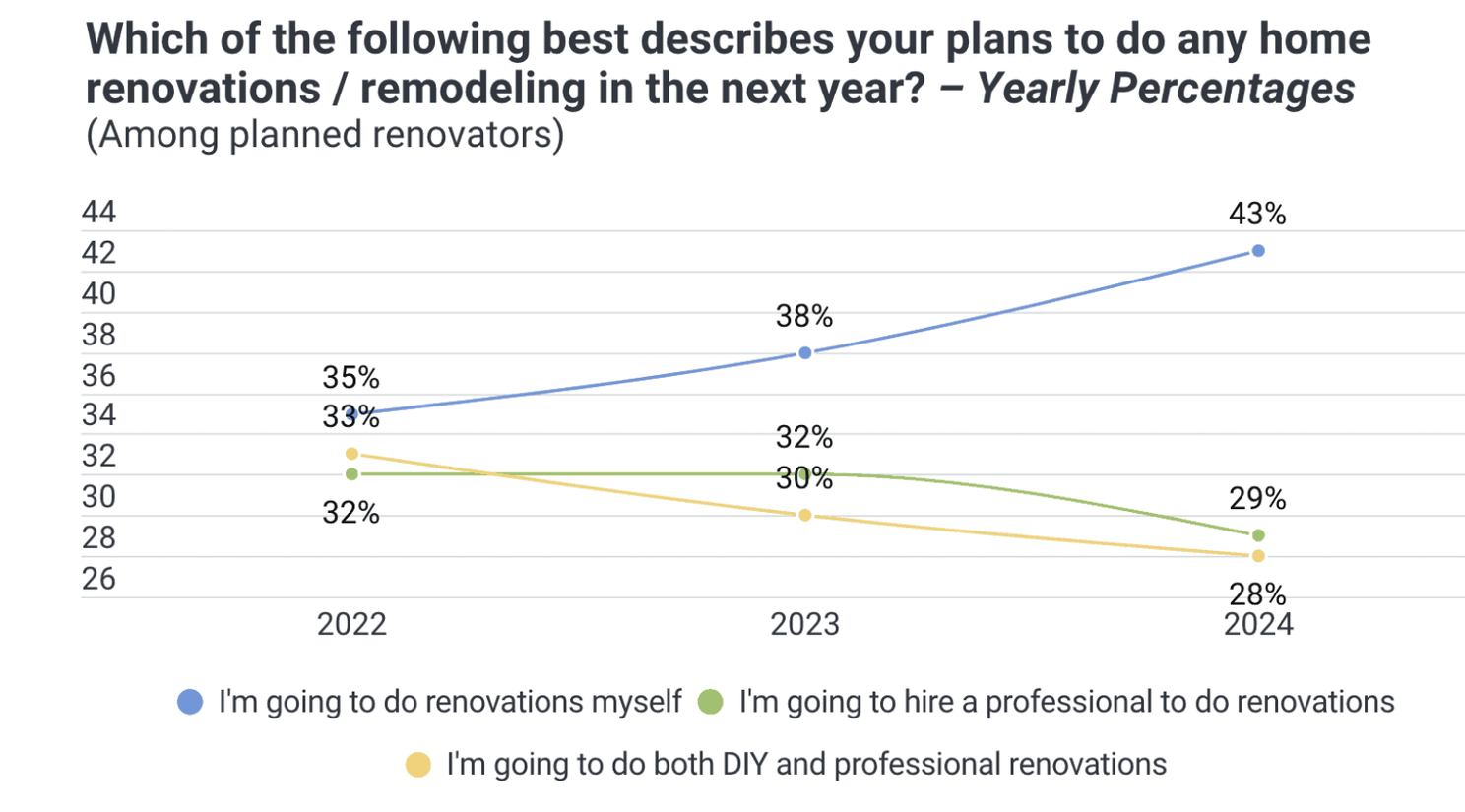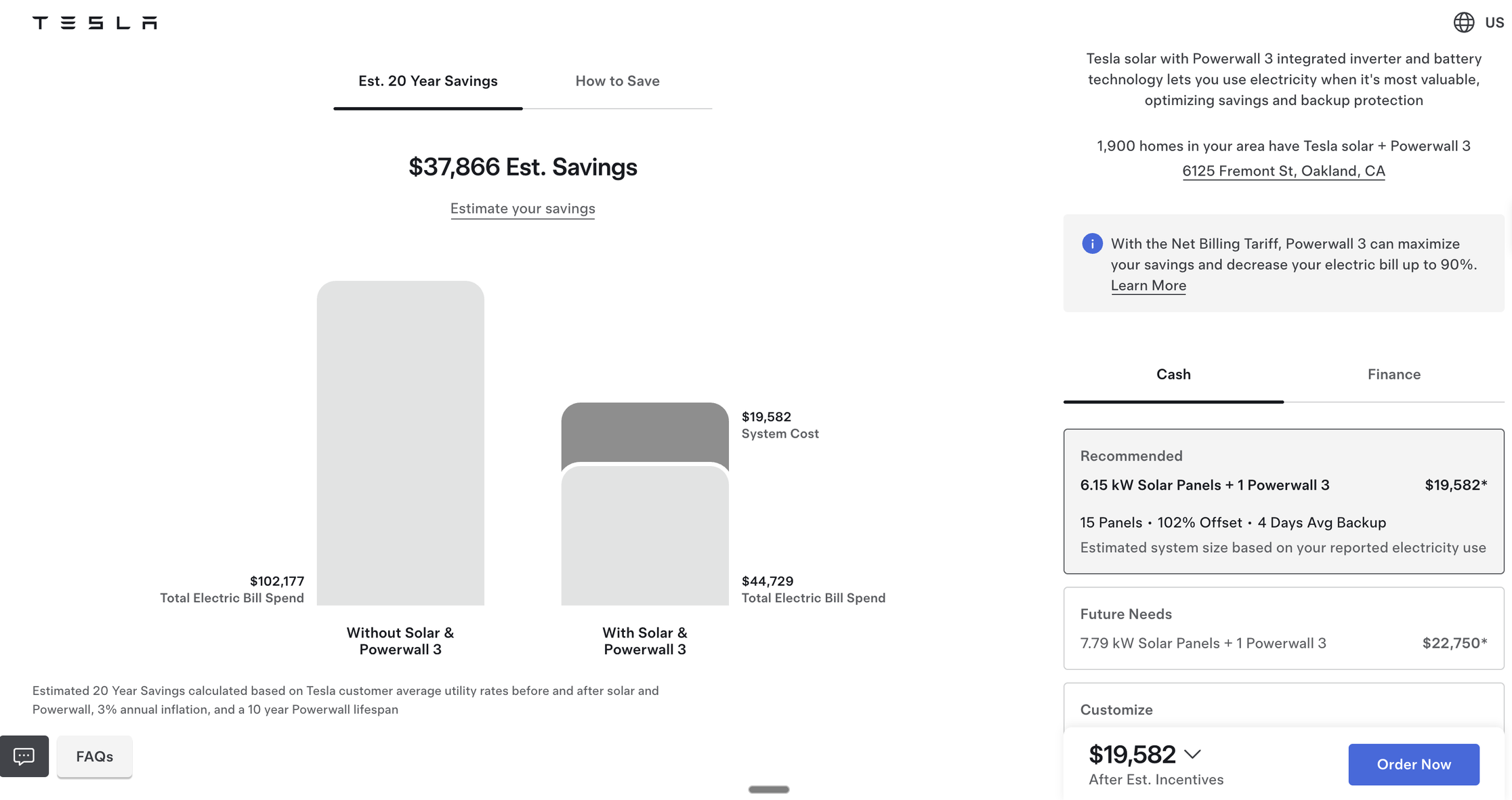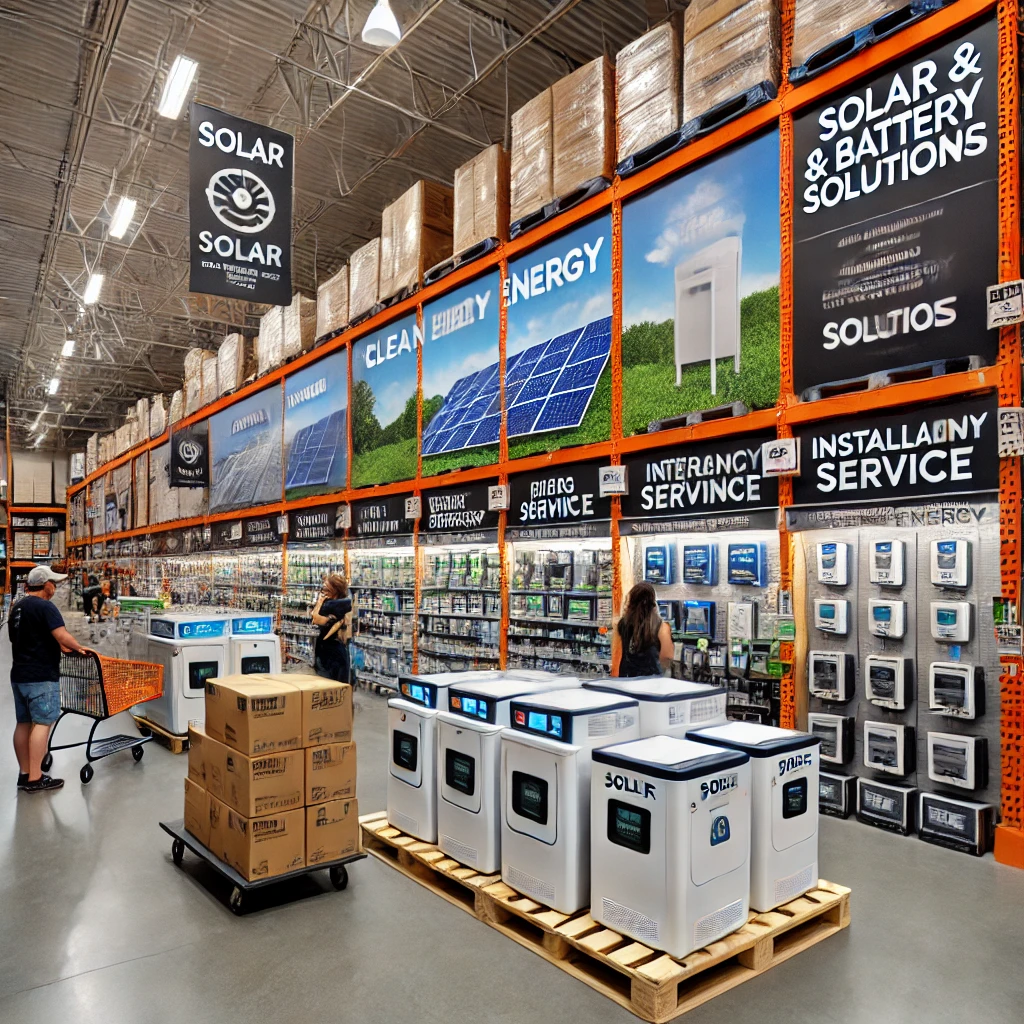Killing the 'Grandma Maxing' Economy: Transforming Solar Selling into Solar Buying to Achieve $2/W
"It's time for grandma maxing." That's what a sales executive at a national solar installer apparently said to his team recently. If you aren’t immediately disgusted, let me explain, it's essentially elder financial abuse. Solar sales companies are targeting them with fear-based marketing, building trust with lies and half-truths about the tax credit, and then providing confusing contracts and new technology to get them to sign high-priced contracts.
This represents the worst extreme of the solar sales problem, and while it represents a small minority of installations, the fact remains that because solar is sold and not bought, it's more expensive than it could be. The leverage is in the hand of the salesperson, with a huge information asymmetry. In the case of solar, when economic value and monetary savings are provided to a homeowner, that salesperson can use that information asymmetry to gouge and cheat that homeowner out of thousands of dollars.
To make solar ubiquitous and a standard piece of home and distribution grid infrastructure, we need to change the acquisition model from one of a sales relationship to a buying relationship. It needs to be as easy and as accessible as buying an appliance.
Knowing is Half the Battle: Educating Homeowners
Everywhere that deals with home ownership, home improvement, home furnishings, and home appliances can educate on and sell solar, storage, and electrification.
With 30 million weekly visitors to their stores, home improvement companies could provide solar and storage equipment sales and education to a sizable portion of the population each year. I don’t mean through the national solar sales agents that we’ve seen for years in big box stores. Those are glorified door knockers that accost you while you’re out shopping.
Imagine a future where you can run down to your local Home Depot, buy a solar + battery kit either directly on your own credit card or with good, in-store financing, then get educated about self-install or be connected with local, vetted contractors. If a homeowner is doing that, when that door knocker comes and tells them that they’ve got a screaming deal for them and it’s $72,000, they can ask them why they’re charging $40,000 more than what they saw at the Home Depot. What’s that salesperson gonna say? That their Lambo tires are expensive? No! They’re going to stammer and lie through their teeth, and then they’re going to be shown the door.
With the strong spirit of DIY in this country, I think long-term this can increase market demand by 10-20% and in the next couple of years, 5-10%.

New CivicScience data found that people are most likely to ask friends and family for recommendations on contractors (32%), followed by using home improvement retail services (e.g., Lowe’s and Home Depot, 20%) and social media apps (e.g., Facebook and Nextdoor, 18%). Interestingly, web searches (15%) are less popular for finding contractors, and few go to home service websites like Angi (formerly Angie’s List) or Thumbtack (4%) (n=1,359 from 03/27/2024 to 04/01/2024).
Source: CivicScience 2024
To re-use my analogy from my first post, if we educate enough homeowners on the cost of solar and not just its value, solar sales people won’t be able to sell them $92,000 Honda Civics.
Just let me buy it!: Installer Websites Need a Checkout Option
To date, proposal tools have all been built for sales people and are priced accordingly. Selling to installers with a typical SAAS model, Most have platform fees and then volumetric-based fees based on the number of proposals that an installer will run in a given year. Open Solar bucked that trend with a free-to-the-installer model and then charge equipment manufacturers or financing companies for deals that include them on the platform.
To take the next step and switch from a sales relationship to a buying relationship, proposal tools need to be able to be run anywhere and everywhere. Lighter weight and lower cost. The most important thing that homeowners care about are the financial aspects. At this point, everyone knows what solar panels generally look like on a roof so showing a photo-realistic view of panels on the planes of their home aren't necessary for most buyers. They want to know: How much will this cost and save me?
Tesla has done a great job of this on their own site, as shown in the screenshot below.

Figure 1. Tesla.com solar quoting tool
One idea that I like is to let them see a 90% accurate quote for free or charge them $25 for an accurate design & quote leveraging real data (credit Vikram Aggarwal, CFA ).
With today's technology, installers can give an accurate quote, collect deposits or offer financing & sign contracts — all without ever speaking to the potential customer. Let website visitors self-select based on buying intent, then have humans focus only on the most qualified prospects that didn’t put down a deposit, but wanted more information.
Solarize The World: Run Group Buying Campaigns 24/7
Solarize campaigns have clearly shown the possibility of cost reduction for residential solar through group purchasing across the United States in small, discrete blocks. Solar United Neighbors and Switch Together have led the way here with installation costs for solar well below $2/W in some parts of the US saving homeowners 10 - 30% vs local market prices.
To truly unlock this as a demand generation tool, these campaigns need to be run across the US 24/7 and with today's technology, they can plug into the above auto-quoting tools and CRM system for each installer. Imagine a customer going to an installer's website and choosing whether they wish to be served immediately at a premium or in a group buying cohort in 3-6 months at a discount.
Some systems will always need to have bespoke design, but the bulk don't. If we leverage the tools at hand — ie the big box home improvement and furnishing stores, appliance stores, online real estate websites — and then give better tools to our installers, we can increase demand and lower acquisition costs by putting purchasing power into the homeowners' hands.
This is part two of a five-part series examining each pillar in detail. Next week: "The Financing Fiasco: How Hidden Dealer Fees Are Doubling Solar Costs."
Part zero, "The RoadMap" can be found here




